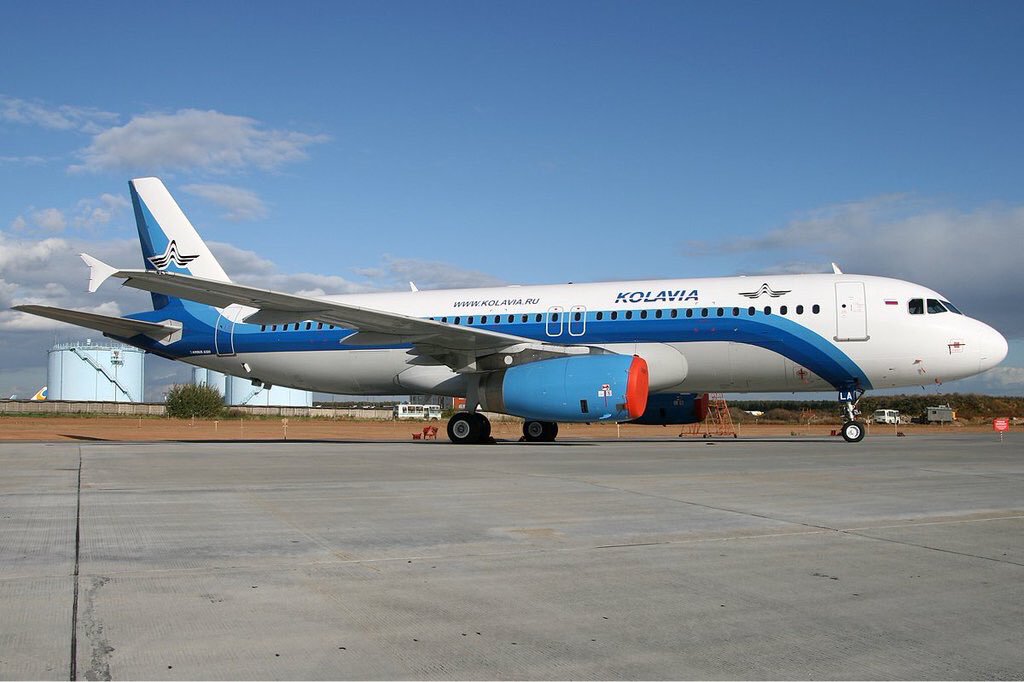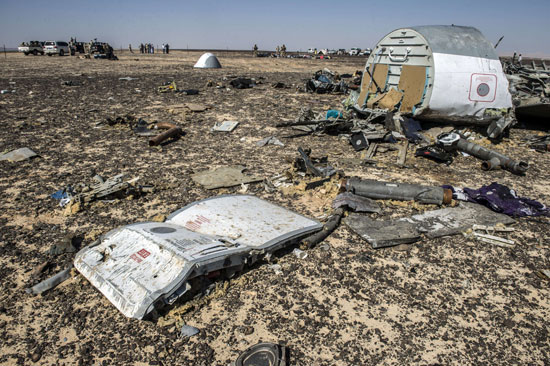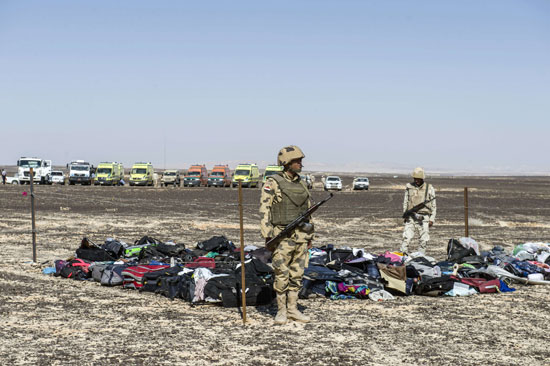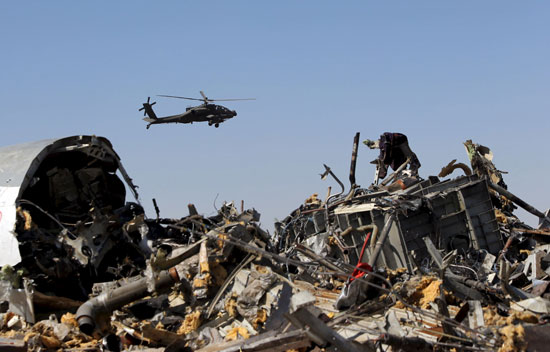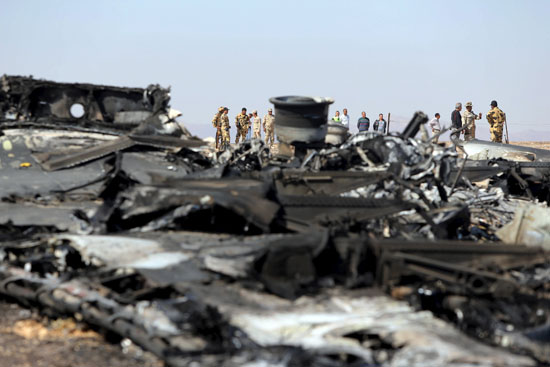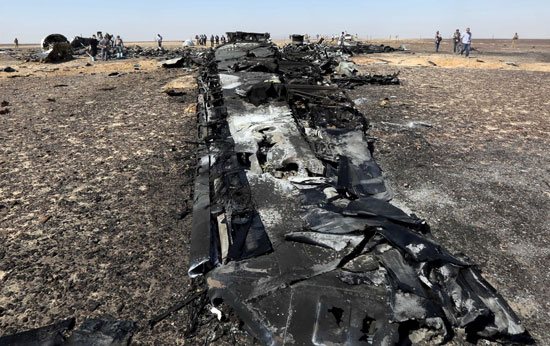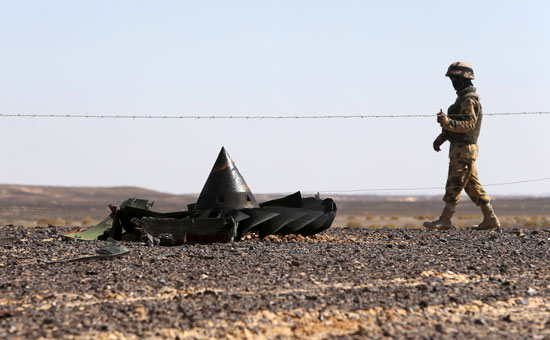Viktor Sorochenko رئيس لجنة الطيران الحكوميه قال التصريح التالى بعد فحص موقع سقوط الطائره:
- من المبكر الوصول لاى استنتاجات
- جسم الطائره تفكك فى الهواء "قال كده نصا" والحطام متناثر فى منطقه واسعه 20كم تقريبا
بعدين قال نفس الجمله اللى قالها الرئيس السيسى:
هذه مسألة معقدة وتتطلب تكنولوجيات متقدمة والتحقيقات الواسعة يمكن أن تستغرق شهورا
http://sputniknews.com/middleeast/20151101/1029433877/russian-airbus-crash-cause.html
- من المبكر الوصول لاى استنتاجات
- جسم الطائره تفكك فى الهواء "قال كده نصا" والحطام متناثر فى منطقه واسعه 20كم تقريبا
بعدين قال نفس الجمله اللى قالها الرئيس السيسى:
هذه مسألة معقدة وتتطلب تكنولوجيات متقدمة والتحقيقات الواسعة يمكن أن تستغرق شهورا
http://sputniknews.com/middleeast/20151101/1029433877/russian-airbus-crash-cause.html


